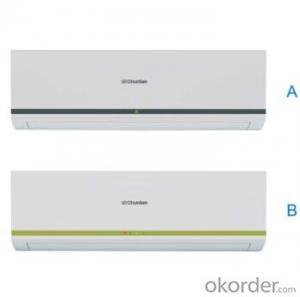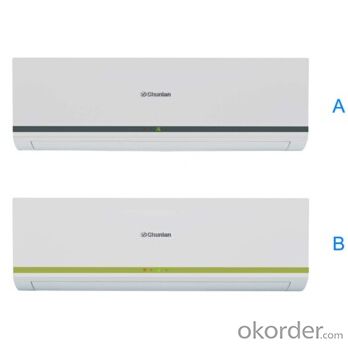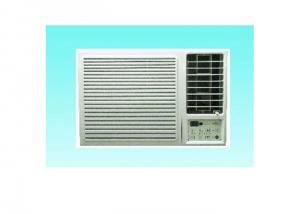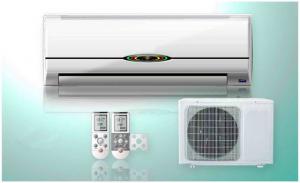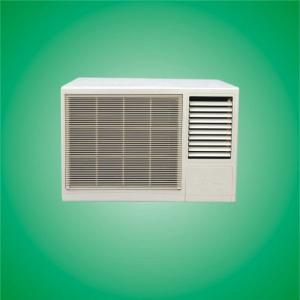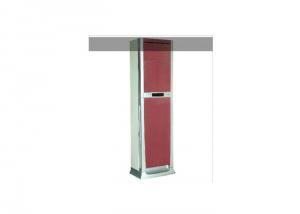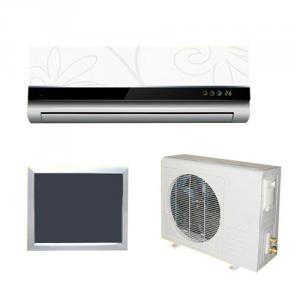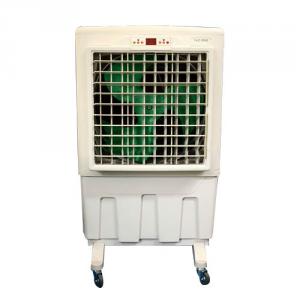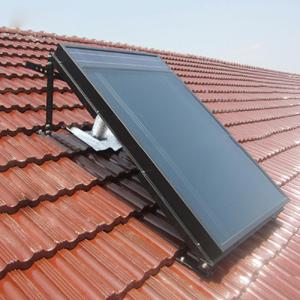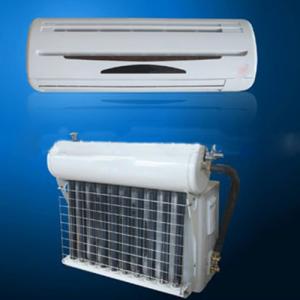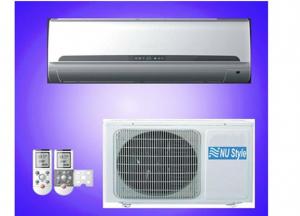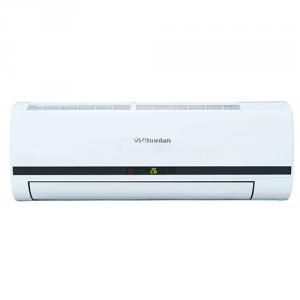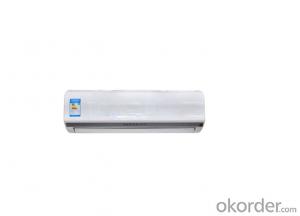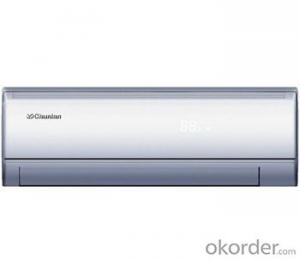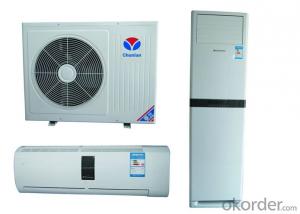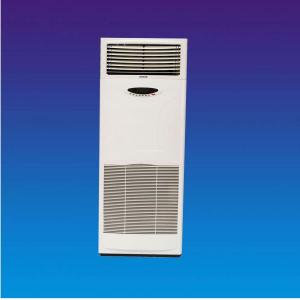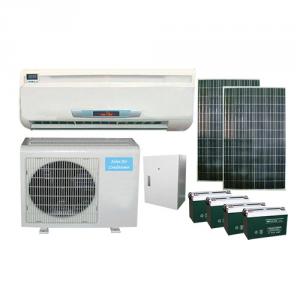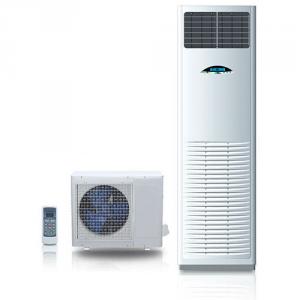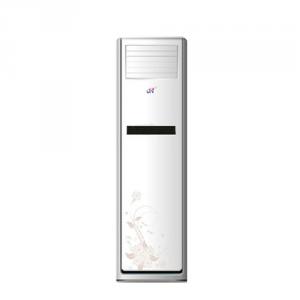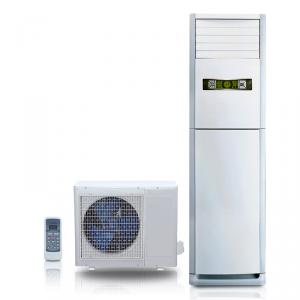Wall Split Air Conditioner 12000BTU with MEPS and SAA for Australia
- Loading Port:
- Shanghai
- Payment Terms:
- TT OR LC
- Min Order Qty:
- 1 unit
- Supply Capability:
- 30 unit/month
OKorder Service Pledge
OKorder Financial Service
You Might Also Like
Quick Details
| Condition: | New | Brand Name: | CNBM | Place of Origin: | Jiangsu China (Mainland) |
| Use: | Room | Power Source: | Electrical | Power Type: | AC |
| Type: | Split Wall Mounted Air Conditioners | Cooling/Heating: | Cooling/Heating | Certification: | CB,CE,EMC,RoHS,MEPS, SAA |
| Capacity (btu): | 12000 | COP: | 3.8 | EER: | 3.7 |
| Power (W): | 945 | Voltage (V): | 220 | Model Number: | CS-12HA/AZ3-0 |
| Pipe Size: | 1/4" + 1/2" | Outdoor Size: | 760x259x537 | Indoor Size: | 820x190x274 |
| Condenser: | Pure Copper | Connecting Pipe: | Pure Copper | Cable: | 3m |
| Compressor type: | Rotary | Loading Quantity: | 255sets (40HQ) | Application Area: | 16-25m3 |
Packaging & Delivery
| Packaging Detail: | Carton Box Packing |
| Delivery Detail: | 35 days after receiving down payment |
Specifications
Wall mounted air conditioner :
1, R410a, EER>3.66, with MEPS
2, 12000BTU ;
3, Cooling only/Cooling& Heating ;
4, 220V 50H
Wall Mounted Split Air Conditioner 12000BTU with MEPS and SAA for Australia
1) Reliable quality---professional assembling and sufficient test, defective rate below 0.05%.
2) High quality compressors and parts with guarantee;.
3) Delivery: Within 45days after confirming the L/C or T/T swift copy.
4) Certificate--- CE, RHOS,MEPS, SAA, C-TICK, EMC, BV, SGS, ISO9001,SAA,CB, etc..
5) Compressor Brand: CHUNLAN, TOSHIBA, RCHI
6) 1% free parts of the total FOB amount.
7)OEM service.
- Q: How do you clean the fan blades on an air conditioner?
- To clean the fan blades on an air conditioner, start by turning off the unit and unplugging it for safety. Gently remove the front cover or grille that grants access to the fan blades. Use a soft brush or vacuum cleaner with a brush attachment to remove any loose dust or debris from the blades. For more thorough cleaning, dampen a cloth with a mild detergent or cleaning solution and wipe the blades carefully. Avoid getting the motor or other electrical components wet. Once cleaned, allow the blades to dry completely before reattaching the cover or grille and plugging the unit back in.
- Q: How do I calculate the cooling capacity required for my room?
- In order to determine the necessary cooling capacity for your room, you must take into account various factors. Here is a step-by-step guide to follow: 1. Assess the size of your room: Measure the length, width, and height of your room in feet. Multiply these measurements together to calculate the total volume of your room in cubic feet. 2. Compute the heat gain: Heat gain refers to the amount of heat that enters a room from different sources like appliances, lighting, and people. You can estimate this by considering the number of individuals in the room, the wattage of appliances, and the type of lighting used. Add up the heat sources to determine the total heat gain in British Thermal Units (BTUs) per hour. 3. Take insulation into account: Evaluate the insulation of your room. A well-insulated room will require less cooling capacity compared to one with poor insulation. If your room is well-insulated, multiply the volume of your room by 5. For average insulation, multiply by 10. For poor insulation, multiply by 15. This will give you a rough estimate of the required cooling capacity in BTUs. 4. Factor in sunlight exposure: If your room receives direct sunlight, it will need additional cooling capacity. Multiply the volume of your room by 10% for light exposure, 15% for moderate exposure, and 20% for heavy exposure. Add this value to the previous estimation. 5. Adjust for occupancy: If your room is frequently occupied by more than two people, you must consider their body heat. For each additional person, add 600 BTUs to the cooling capacity requirement. 6. Determine the final cooling capacity: Combine the heat gain, insulation adjustment, sunlight exposure adjustment, and occupancy adjustment to obtain the total cooling capacity required for your room. It is important to note that this calculation provides a general estimation. For more accurate results, it is recommended to seek the advice of a professional HVAC technician who can take into account additional factors such as local climate, windows, and ventilation.
- Q: How do you clean the air ducts on an air conditioner?
- Cleaning the air ducts on an air conditioner is an important maintenance task that helps improve indoor air quality and the overall performance of the unit. Here's a step-by-step guide on how to clean the air ducts: 1. Turn off the air conditioner: Before you begin cleaning the air ducts, make sure to turn off the air conditioner and unplug it from the power source. This ensures your safety during the cleaning process. 2. Remove the vent covers: Start by removing the vent covers from the air ducts. Depending on the type of air conditioner you have, these covers may either be screwed on or simply snap off. Use a screwdriver or your hands to remove them carefully. 3. Vacuum the dust and debris: Using a vacuum cleaner with a brush attachment, thoroughly vacuum the inside of the air ducts. Pay special attention to the areas near the vents as they tend to accumulate more dust and debris. This step helps remove loose particles and prevents them from circulating back into your indoor air. 4. Clean the vent covers: While the air ducts are being vacuumed, take the opportunity to clean the vent covers. Use a damp cloth or a mild detergent solution to wipe away any accumulated dust, dirt, or grease. Rinse them well and let them dry completely before reattaching them. 5. Inspect for mold or mildew: Look inside the air ducts for any signs of mold or mildew growth. If you spot any, it's recommended to consult a professional for a proper remediation process. Cleaning mold or mildew without the necessary knowledge and equipment can lead to further contamination. 6. Replace air filters: Air filters play a crucial role in maintaining clean air in your home. Take this opportunity to replace or clean the air filters in your air conditioner, following the manufacturer's instructions. This step ensures optimal airflow and filtration efficiency. 7. Reattach vent covers: Once the air ducts are clean and the air filters have been replaced, reattach the vent covers securely. Make sure they are properly aligned and fit snugly. Regularly cleaning the air ducts of your air conditioner is essential for maintaining a healthy indoor environment. It's recommended to perform this task at least once a year or more frequently if you notice excessive dust buildup or reduced airflow. Additionally, consider scheduling professional air duct cleaning every few years for a more thorough cleaning and inspection.
- Q: Can an air conditioner be used in a conservatory?
- Yes, an air conditioner can be used in a conservatory. Air conditioners are effective in regulating the temperature and humidity levels in enclosed spaces, making them suitable for use in conservatories to provide a comfortable environment.
- Q: What is the air conditioning air filter
- Air conditioning filters are divided into a lot of kinds, home air conditioning air filter is v that nylon filter at the top of the supply air fan volute. Central air conditioning air filter can be divided into, in effect at the beginning of the high efficient level Its material shapes.
- Q: How to choose a good air conditioning
- A certain brand, choose those enterprise strength strong, high brand awareness, perfect after-sales service products. 2 pick a good businessman, should choose those who are strong, in the local influential big businesses, because these businesses operating varieties, sales, usually having a team of professional installation, debugging, installation, debugging, quality guaranteed, after-sales service is perfect. Second is to choose those merchants long-term distribution of air conditioning, don't go to the short-term dealer to buy as far as possible, because the dealer post-sale service will be discounted. 3 purchase amount of room air conditioning is a kind of consumption large household appliances, the power is too small, if you choose to do; If the power is too big, and waste. So when consumer is choosing air conditioning power, to measure housing purchase. 4 from last October to next year's at the end of march, is the low season, a air conditioner can be hundreds or even thousands of yuan cheaper. In when you buy an air-conditioner, if good grasp the opportunity, can save a lot of spending
- Q: What type of refrigerant home air conditioning?
- General fixed frequency machine is to use traditional R22, frequency changer now multi-purpose R410A
- Q: How to vacuum home air conditioning
- In the charging port connected to vacuum pump, or USES the emptying of the compressor can also.
- Q: Can an air conditioner help reduce humidity in a room?
- Yes, an air conditioner can help reduce humidity in a room. Air conditioners work by cooling the air and removing moisture through a process called condensation. As warm air passes over the evaporator coil of an air conditioner, it is cooled down, causing the moisture in the air to condense into water droplets. These droplets are then collected and drained out of the unit, effectively reducing the humidity in the room. Additionally, air conditioners also help circulate and filter the air, which further contributes to reducing humidity levels.
- Q: Can an air conditioner help with allergies?
- Yes, an air conditioner can help with allergies. Air conditioners filter and circulate the air, which can help remove allergens such as pollen, dust mites, pet dander, and mold spores from the indoor environment. By reducing the amount of these allergens in the air, air conditioners can provide relief for individuals with allergies. Additionally, air conditioners help control humidity levels, which can prevent the growth of mold and mildew, further reducing allergens in the air. However, it is important to properly maintain and clean the air conditioner filters to ensure optimal performance in reducing allergens.
Send your message to us
Wall Split Air Conditioner 12000BTU with MEPS and SAA for Australia
- Loading Port:
- Shanghai
- Payment Terms:
- TT OR LC
- Min Order Qty:
- 1 unit
- Supply Capability:
- 30 unit/month
OKorder Service Pledge
OKorder Financial Service
Similar products
Hot products
Hot Searches
Related keywords
